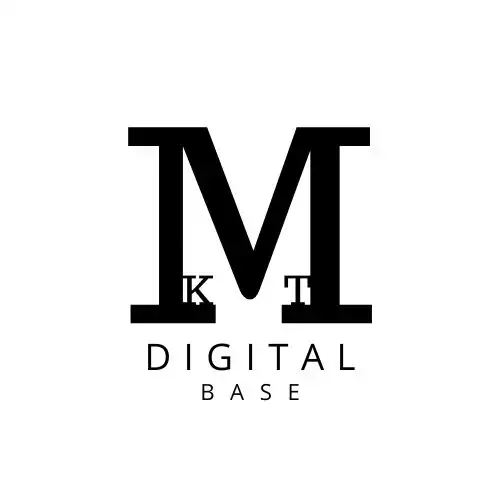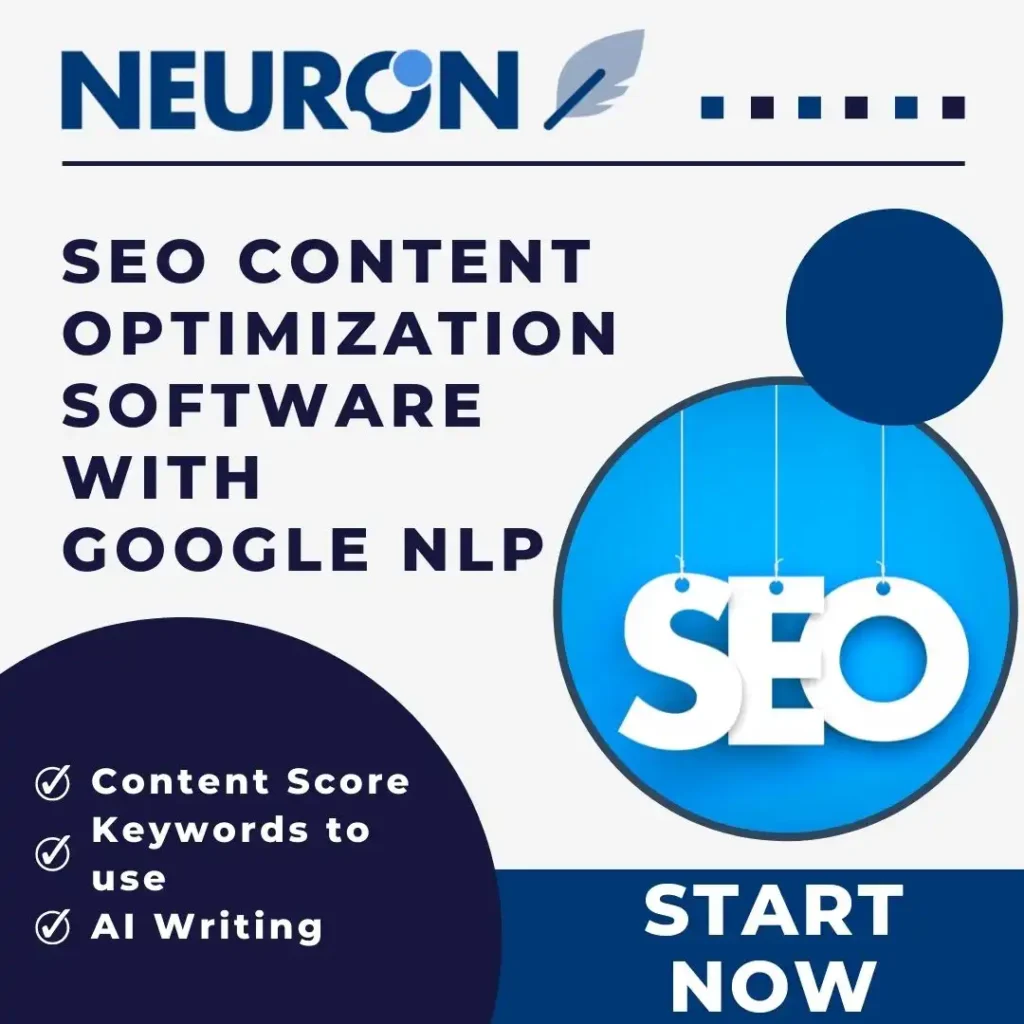Creating a successful online presence goes far beyond just launching a beautiful website. A good website also needs to be optimized for search engines to ensure it can attract organic traffic and rank well on search engine results pages. This intersection of visual appeal and technical structure is where SEO website design plays a pivotal role. Combining strong web design principles with search engine optimization (SEO) ensures that your site not only looks professional but also performs effectively in terms of ranking, user experience, and website traffic.
SEO Website Design: Where Creativity Meets Performance
A website can look stunning, but if it doesn’t get found on Google, its effectiveness is limited. That’s the challenge seo website design aims to solve. It’s the process of building and structuring a website for SEO, making sure that every part of the website design process supports your SEO strategy and goals.
This involves everything from the site architecture to responsive design, page speed, mobile design, and website navigation. The aim is to optimize your website from the ground up, helping search engines understand your content and users to easily find what they need.
The Importance of Web Design in SEO
Web design is more than just aesthetics. It shapes how users interact with your content and how search engines crawl and index your site. The connection between seo and web design becomes evident when considering factors such as:
- Page speed: A slow-loading site can harm your ranking.
- Mobile design: Most users browse on mobile; responsive design is a must.
- Navigation: A clear structure helps both users and bots find content.
- Web accessibility: Making your site accessible benefits both usability and seo.
A thoughtful design process takes these into account, ensuring each element enhances both visual experience and technical seo.
Designing a Website with SEO in Mind
To design a website that ranks well, you need a plan. Every step, from initial website content creation to technical implementation, must serve both users and search engines. Begin by identifying your goals: Who is your audience? What keywords do they use? What kind of experience do they expect?
Steps to Design with SEO Principles
- Keyword Research: Use seo tools to identify phrases your audience is searching for.
- URL and Site Structure: Organize your web pages logically, using keyword-rich URLs.
- Title Tag and Meta Description: Craft compelling, keyword-optimized entries for each page.
- Schema Markup: Use it to help search engines understand your content better.
- Internal Linking: Guide users and bots with well-placed links.
- Mobile-First Approach: Optimize for phones and tablets from the start.
Integrating these steps will set the foundation for an seo-friendly website that attracts website visitors and performs well.
Why SEO-Friendly Web Design Is Crucial for Visibility
Creating an seo-friendly web design means aligning your design and development efforts with seo best practices. The goal is a site that not only ranks high in search engine results pages but also keeps users engaged.
Poor design choices—like heavy images, confusing menus, or lack of proper heading structure—can impact SEO negatively. Instead, focus on:
- Clean coding practices
- Fast-loading pages
- Mobile responsiveness
- Easy-to-read fonts and layouts
- Intuitive website navigation
These elements not only please your visitors but also make it easier for search engines understand your website’s SEO structure.
On-Page SEO and Web Design: A Perfect Pair
On-page SEO is closely tied to the structure of your web design. It includes optimizing individual website pages with proper headings, keyword-rich content, and internal linking. Combining on-page SEO and web design strategies ensures that each page is optimized to get your website ranking effectively.
Elements such as:
- Header tags (H1, H2, H3)
- Keyword placement in body text
- Image alt text and compression
- Optimized website copy
- Clear call-to-action buttons
All contribute to a better user experience, increased website performance, and stronger seo elements that support your site’s SEO.
How Web Designers Can Integrate SEO from the Start
Web designers and web developers must work hand-in-hand with seo experts to ensure that creating an seo-friendly website starts at the blueprint stage. Waiting to add SEO services after launch often leads to missed opportunities and additional costs.
From a design perspective, it’s essential to think beyond just the look and feel. The integration of SEO tools, Google Search Console, website analytics, and basic technical SEO checks should be part of the website design workflow.
Optimizing Website Performance for Better Search Rankings
Website speed and performance directly affect search ranking. An optimized website loads quickly, especially on mobile, and delivers a seamless experience that reduces bounce rates and improves time on site.
Web development teams should focus on:
- Minimizing scripts and CSS
- Compressing and lazy-loading images
- Using a reliable website builder or CMS like WordPress with SEO-friendly themes
- Monitoring performance through free SEO tools like PageSpeed Insights
All these efforts contribute to a smoother user-friendly website that search engines reward with better placement in search engine results pages.
Designing Website Content That Supports SEO
Content is the foundation of your seo strategy. From the homepage to blog posts, every piece of website content should be crafted with the user and search engine optimization in mind. Use clear language, naturally integrate keywords, and maintain relevance.
Structure your content to help search engines understand what each page is about. This means:
- Using proper heading tags
- Including internal and external links
- Implementing schema markup
- Keeping content updated and relevant
Whether you’re launching a new website or refreshing an existing one, aligning your design and content strategy is key to long-term seo success.
Conclusion: Build a Website That Ranks and Converts
A strong seo website design is more than the sum of its parts. It’s about designing a visually appealing, seo-friendly platform that aligns with your business goals while offering an exceptional user experience. By considering both web design and SEO from the outset, you can create a site that not only looks great but also performs in search.
Remember: successful websites don’t just happen—they are the result of thoughtful planning, smart design choices, and an ongoing commitment to optimize and adapt. Whether you’re a business owner, web designer, or marketer, make sure your website with SEO is built to thrive in an ever-changing digital landscape.











